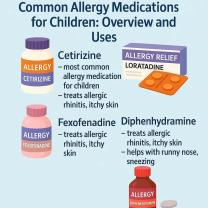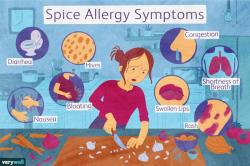What are the signs of peripheral arterial disease?
Peripheral Arterial Disease (PAD) is a condition that primarily affects the arteries in your legs, although it can also affect other arteries throughout your body. It's characterized by the narrowing or blockage of these arteries due to the buildup of fatty deposits (atherosclerosis). The signs and symptoms of PAD may include:
Claudication: This is the most common symptom of PAD. Claudication is a cramping, aching, or tiredness in the leg muscles that occurs during physical activity, such as walking, but typically goes away with rest. It often affects the calf muscle but can also occur in the thigh or buttock.
Numbness or Weakness: You may experience numbness or weakness in the affected leg.
Coldness: The affected leg or foot may feel colder than the other leg.
Change in Skin Color: The skin of the affected leg may appear pale or bluish.
Hair and Nail Changes: There may be decreased hair growth on the affected limb and slower nail growth.
Shiny Skin: The skin on the affected leg may appear shiny.
Sores or Wounds That Won't Heal: Due to reduced blood flow, you may develop sores or wounds on the toes, feet, or legs that heal slowly or not at all.
Gangrene: In severe cases, the lack of blood flow can lead to tissue death, resulting in gangrene. This is a serious and potentially limb-threatening complication.
Erectile Dysfunction: In men, PAD can lead to erectile dysfunction, as it affects blood flow to the pelvic area.
It's important to note that some individuals with PAD may not experience any symptoms, especially in the early stages of the condition. PAD is often underdiagnosed because people may attribute their leg pain or discomfort to other factors, such as aging or arthritis. However, early diagnosis and management of PAD are crucial to prevent the progression of the disease and reduce the risk of complications, such as heart attack and stroke.
If you suspect you have PAD or are experiencing any of the symptoms mentioned above, it's important to consult a healthcare professional for a proper evaluation and diagnosis. Treatment options may include lifestyle changes, medication, or in some cases, surgical interventions.
Signs of Peripheral Arterial Disease: Recognizing Symptoms
Peripheral arterial disease (PAD) is a condition that occurs when the arteries that supply blood to the legs and feet become narrowed or blocked. This can reduce blood flow to the legs and feet, which can lead to a number of symptoms, including:
- Pain or cramping in the legs or feet, especially when walking or exercising. The pain usually goes away when you rest.
- Leg numbness or weakness.
- Coldness in the legs or feet.
- Changes in the color of the skin on the legs or feet.
- Sores or ulcers on the legs or feet that heal slowly or not at all.
- No hair growth on the legs or feet.
Identifying Early Warning Signs of PAD
Some people with PAD may not experience any symptoms, especially in the early stages of the disease. However, there are some early warning signs of PAD that you should be aware of, such as:
- Pain or cramping in the legs or feet after walking a short distance.
- Pain or cramping in the legs or feet that wakes you up at night.
- Leg numbness or weakness.
- Coldness in the legs or feet.
- Changes in the color of the skin on the legs or feet.
If you experience any of these symptoms, it is important to see a doctor to get checked for PAD. Early diagnosis and treatment can help to prevent serious complications, such as heart attack, stroke, and amputation.
Promoting Awareness and Detection of Peripheral Arterial Disease
PAD is a serious condition, but it is often overlooked. That's why it is important to raise awareness of PAD and encourage people to get screened for the disease.
Here are some things you can do to promote awareness and detection of PAD:
- Talk to your doctor about your risk factors for PAD. Your doctor can help you to determine if you are at risk for PAD and recommend screening tests.
- If you have any of the symptoms of PAD, see your doctor right away. Early diagnosis and treatment is important to prevent serious complications.
- Spread the word about PAD. Talk to your family and friends about PAD and encourage them to get screened for the disease.
- Support PAD awareness campaigns and organizations. There are a number of organizations that are working to raise awareness of PAD and promote early detection and treatment.
By working together, we can help to prevent the serious complications of PAD and improve the lives of people with the disease.













